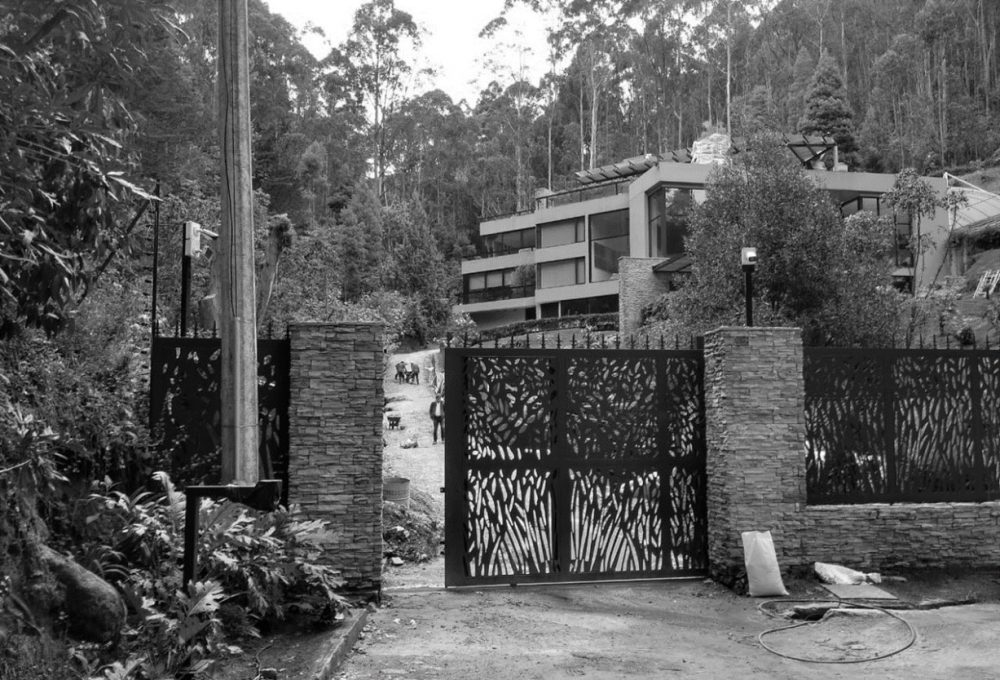While research has put the spotlight on analysing informality of the urban poor in the global South, informal housing practices of affluent urbanites have been almost completely overlooked. This article contributes to filling this research gap by investigating illegal housing for upper-income residents in the protected forest area of the eastern hills of Bogotá. More precisely, it quantifies and localizes this phenomenon and, subsequently, it identifies its main geographical, physical, and morphological features. Three interrelated strategic features of such a phenomenon are then recognized – clustering, isolating, and concealing; these can serve as a conceptual guideline for analysing other cases of elite informality in Latin America. They simultaneously underline the existence of a connection between (upper-income) informality and enclave urbanism (gated communities, in particular).

